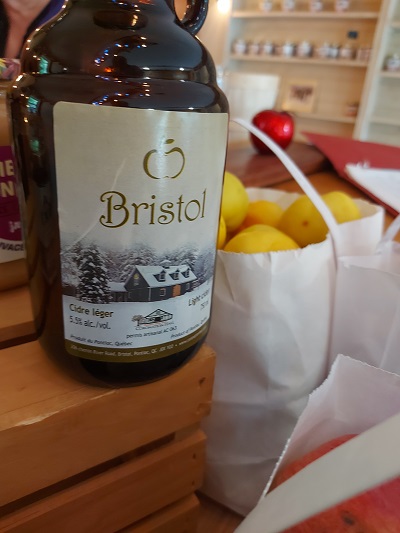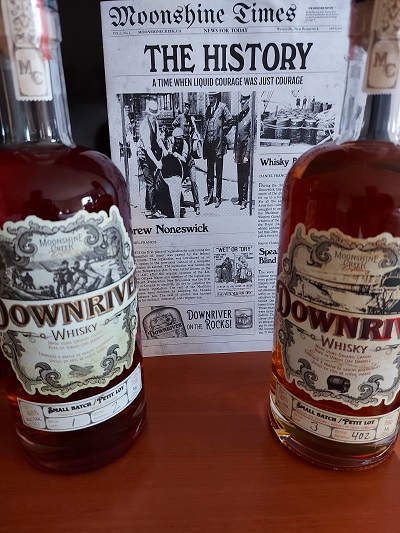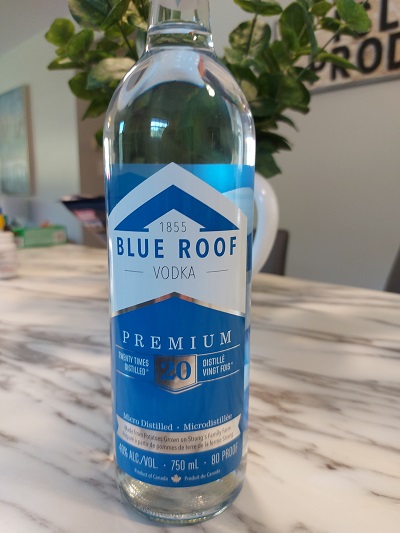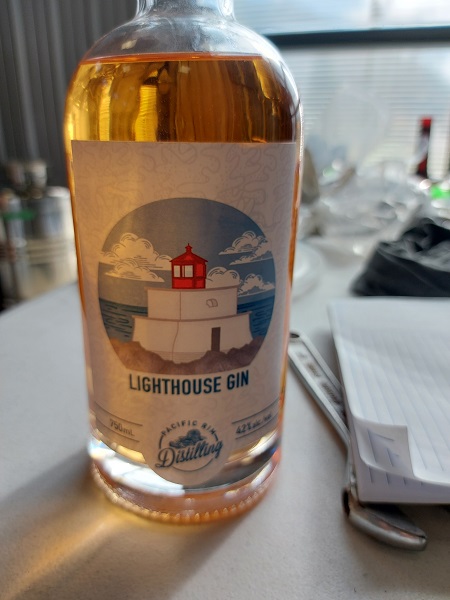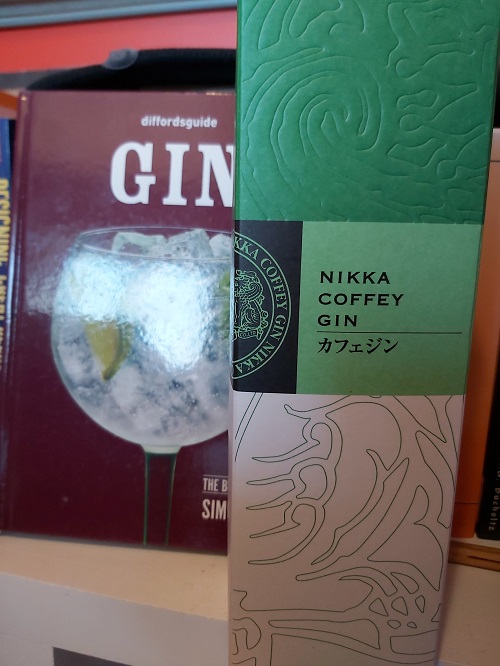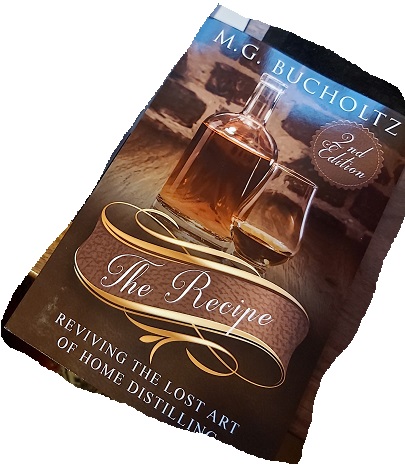Peas, along with beans and grains, are among the earliest of all cultivated vegetables. Evidence of peas has been found in 5000+ year old Bronze Age archeological ruins in Switzerland. Peas have also been found at a much older prehistoric cave site in Hungary. It is thought the pea was introduced to the Greeks and Romans; but neither civilization held the pea in high regard. After the Norman Conquest of England peas appeared more regularly. In the 16th century peas were recognized and accepted by the French. Around this time, peas were introduced into North America by early European explorers. Records show that indigenous people were growing peas in the Montreal region in 1535.
Today on the prairies, green and yellow field pea varietals are grown as a source of human and animal nutrition. The next time you have a can of Habitant pea soup, think western Canada and yellow field peas.
Earlier this year I happened upon an academic article written by a group of Scottish academics. They focused on the ability of the pea plant to act as a Nitrogen fixer. That is, the pea plant can restore Nitrogen levels in the soil of a farm field. They argued that a distiller using field peas to make alcohol would be acting in a sustainable manner. When I read this article, I immediately reached out to Stonehenge Organics in Assiniboia, Saskatchewan. The owner was very accommodating and gave me a 15 kg pail full of yellow organic field peas. I finally had a chance to do some experimentation with the peas this past week. From what I have read, I estimate the starch content of the peas was about 30%. Knowing this, I opted to make a mash bill of 5 kgs peas plus 3 kgs of malted white wheat.
I added 5 kgs of peas to 15 liters of water and began heating the mash kettle slowly. I added 6 g of CaSO4 to supplement the Ca ion level in my water which comprised 2 liters Mossbank tap water and 13 liters Culligan RO water.
As the peas heated they started to soften. I used hand held kitchen blender to reach into the mash pot to mulch the peas. I then added ViscoFerm and Teramyl enzymes to help the cause. When I reached 80C, I shut off the heat and let the mash kettle of mulched peas rest for 1 hour.
I next added 9 liters of RO water. I adjusted the mash temperature to 67C and added the malted wheat. I allowed the mash to rest for 60 minutes.
After this rest I cooled the mash to 55C using a coiled immersion chiller hooked up to my garden hose. I then added some San Extra enzyme. I let the mash rest a further 60 minutes.
I then cooled the mash to 30C and added 16 grams of Lallemand DS yeast plus some liquid nutrient. I allowed the contents to ferment for a full 5 days.
I strained the pea/wheat mixture from the fermented mash. The remaining liquid was added to my 60 L copper A’Lembic pot still. I discarded 250 mls of heads/foreshot material. I continued to capture distillate until the alcohol hydrometer read 25% abv.
I must admit, the collected alcohol is every bit as tasty as any alcohol from a mash bill of all cereal grain. I had been worried that the peas would impart some unusual flavors to the distillate.
My next step will be to run all the collected distillate from the 3 mashes/strip runs through my Turbo-500. I will seek to capture distillate at or neat 95% abv.
As pleased as I am with this experiment, I will issue a cautionary note: DO NOT expect a lot of alcohol from a mash bill of peas + cereal grain. I ended up with a total of 3.5 liters of collected distillate. To a craft distiller, the economics of using peas fall into the questionable category. To make the use of peas more worthy of consideration, one would have to find a farm operator growing a high starch varietal of pea. Even then, the starch level might only be 48-50%; still far removed from a cereal grain.
I fear that peas will not be deemed economic for creating beverage alcohol due to the inadequate starch levels. Many thanks to the academics who proposed the idea. It was certainly worth a try and made for some good fun in my back yard shed.

